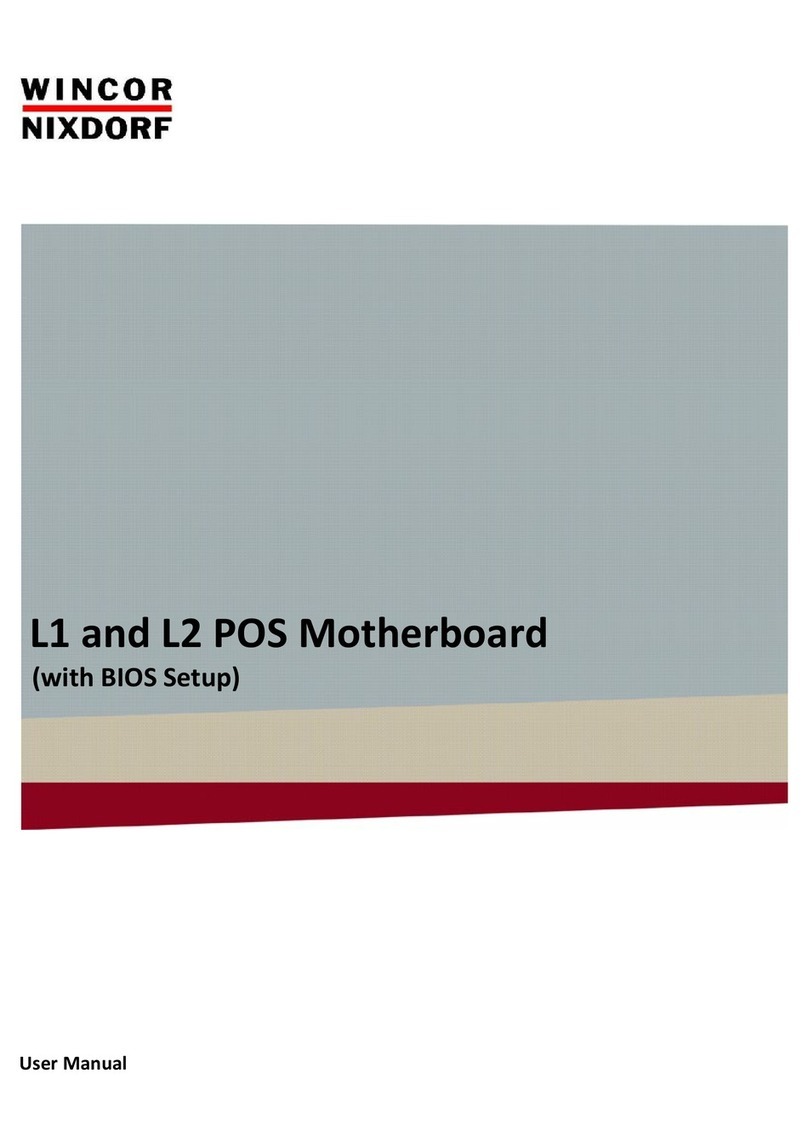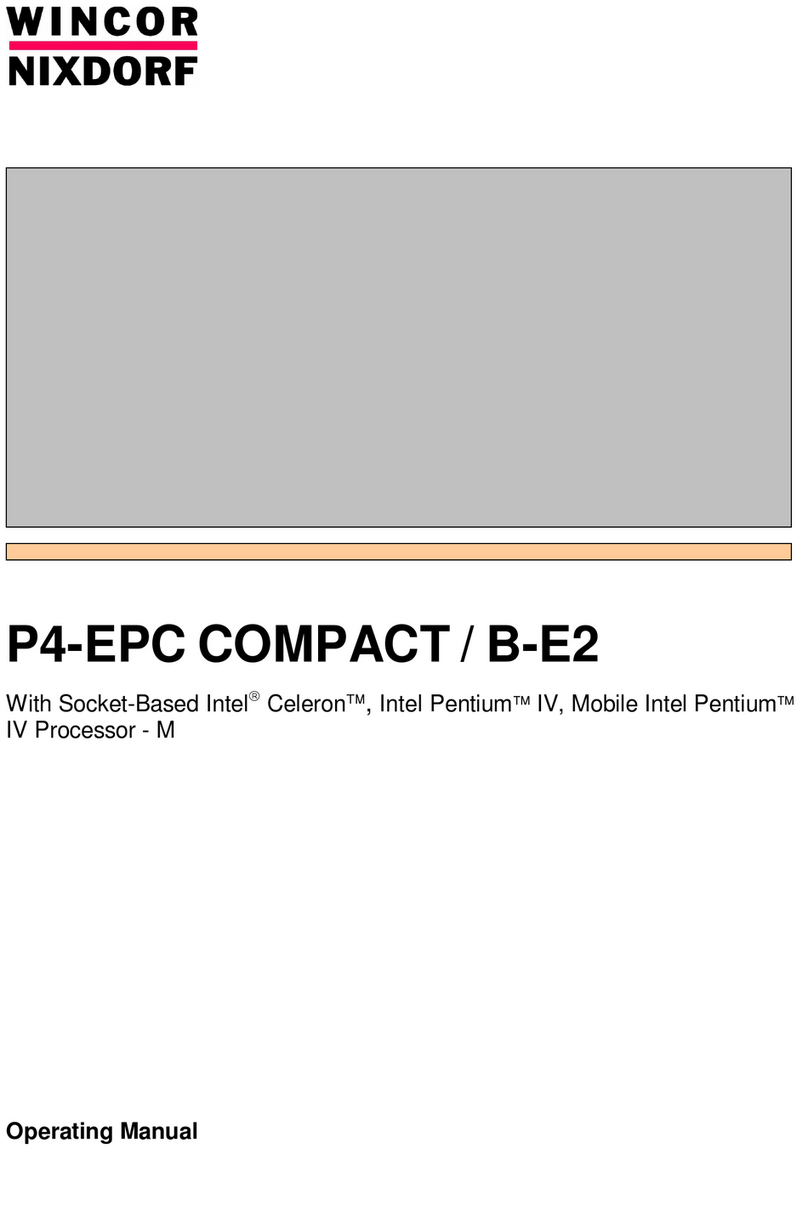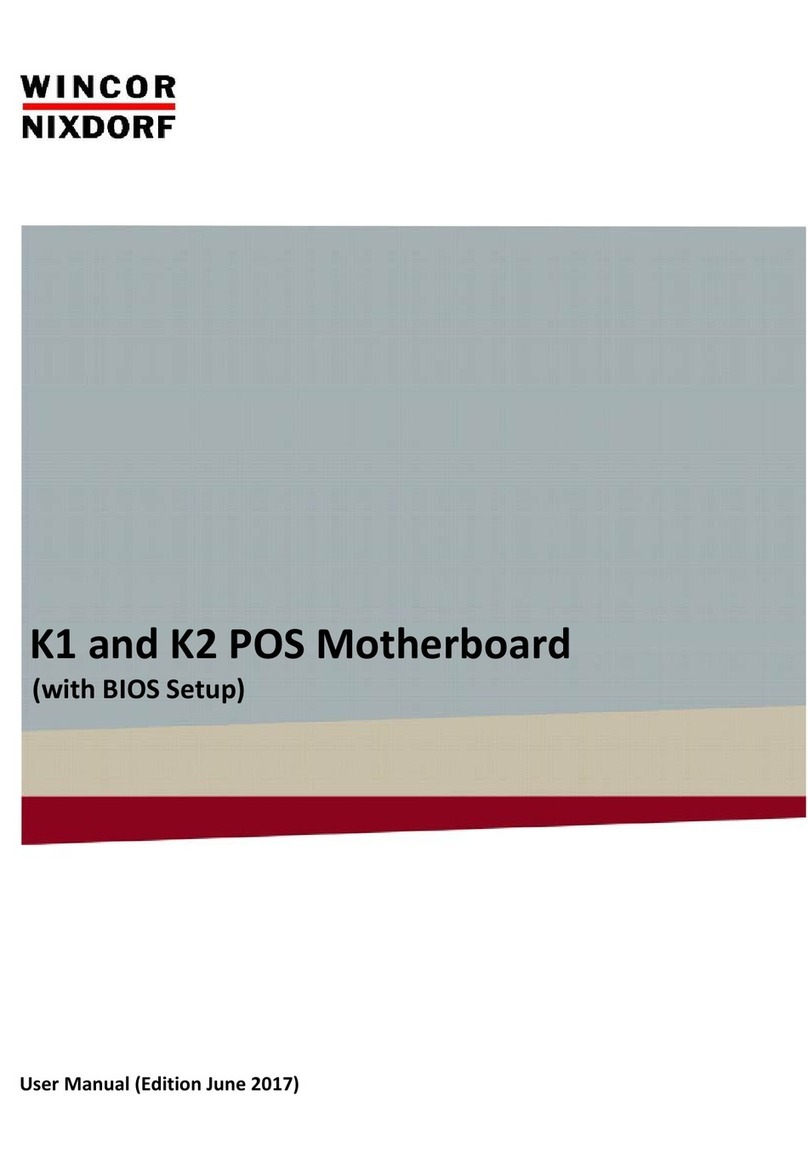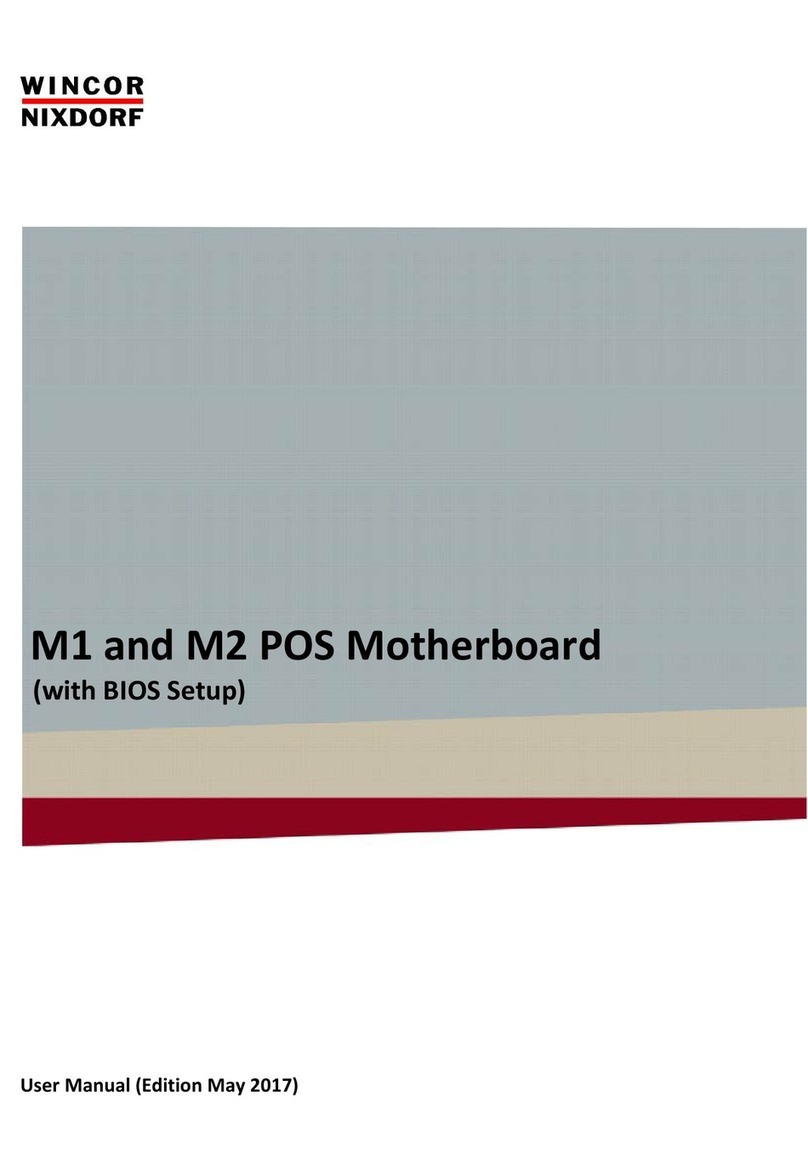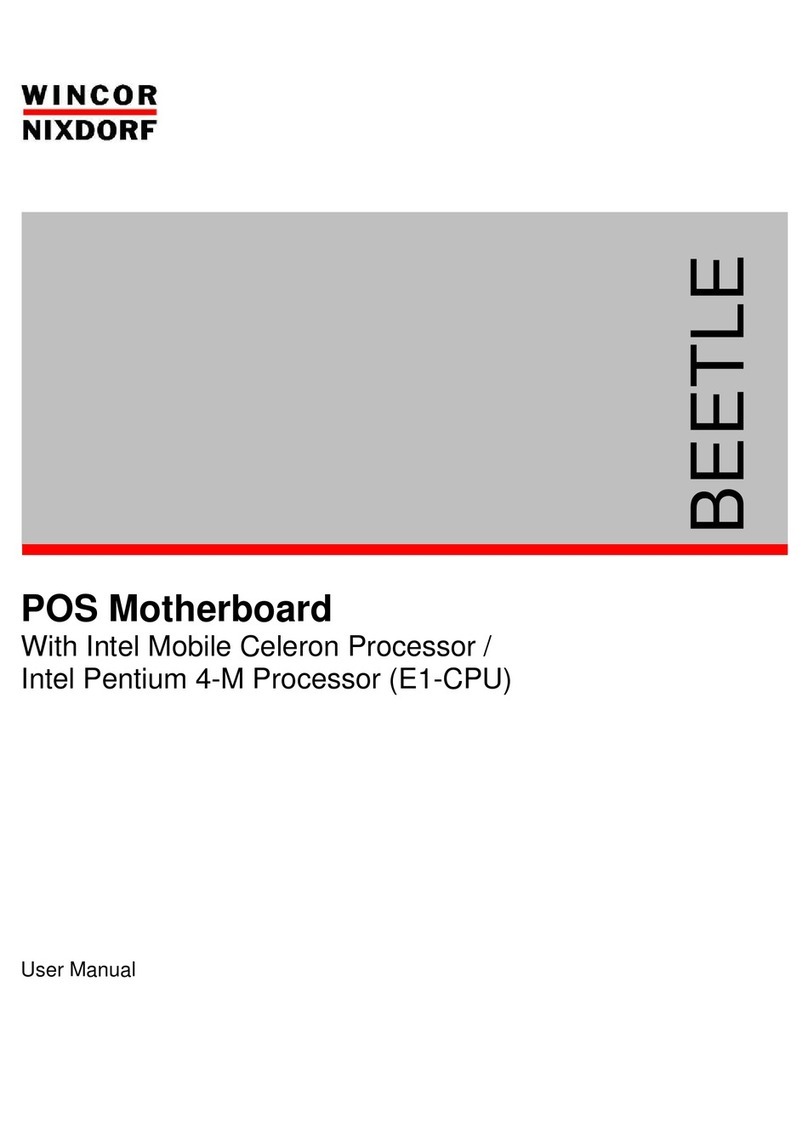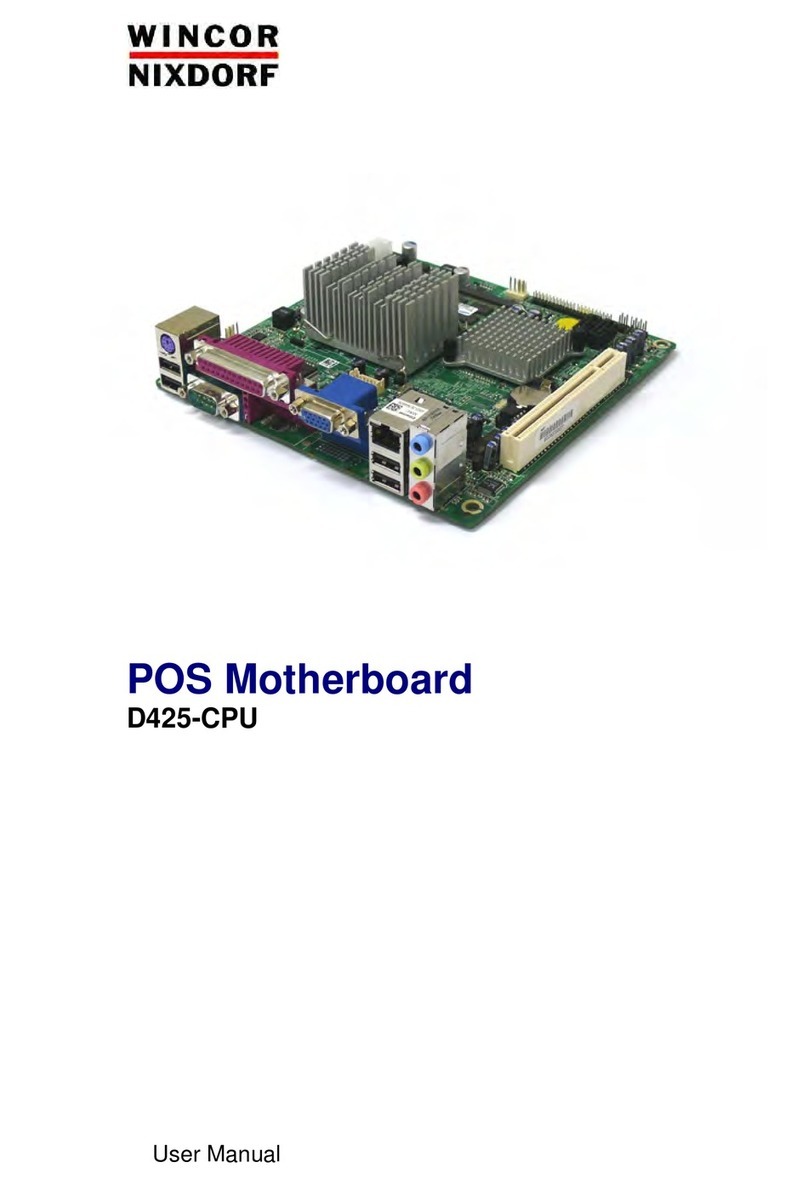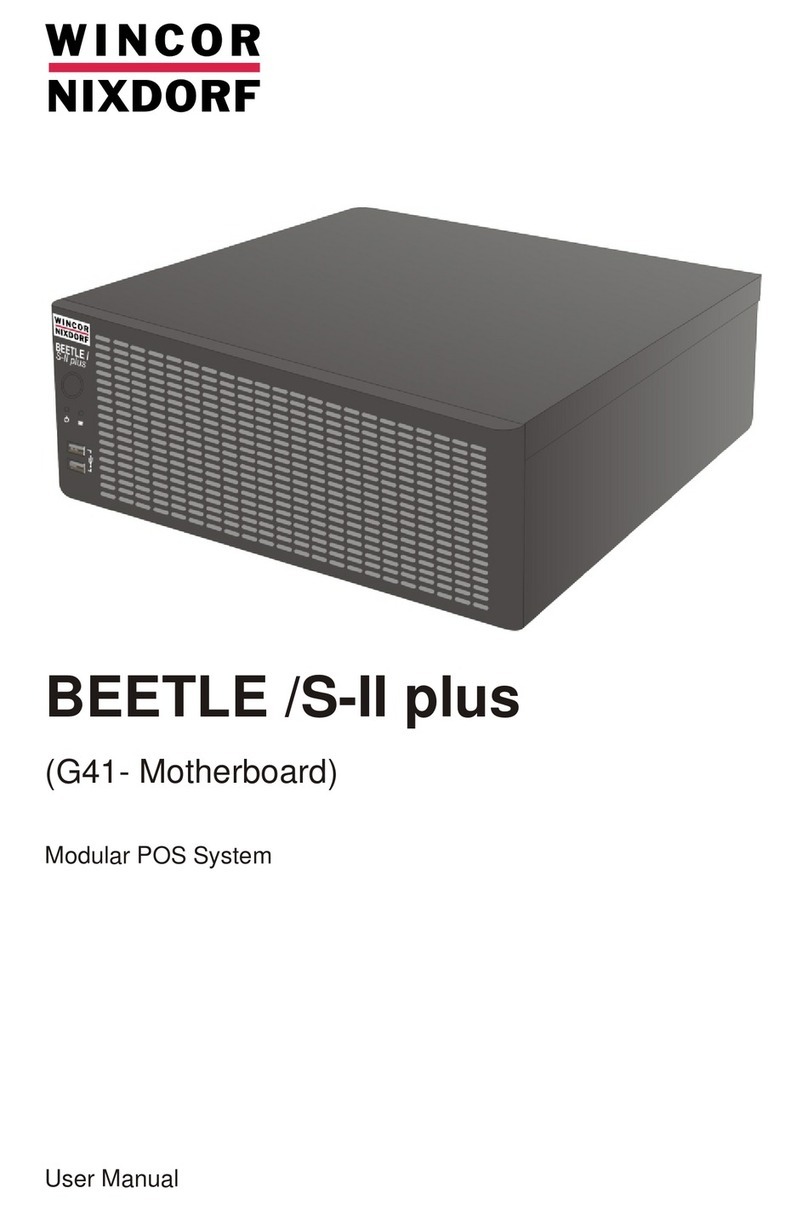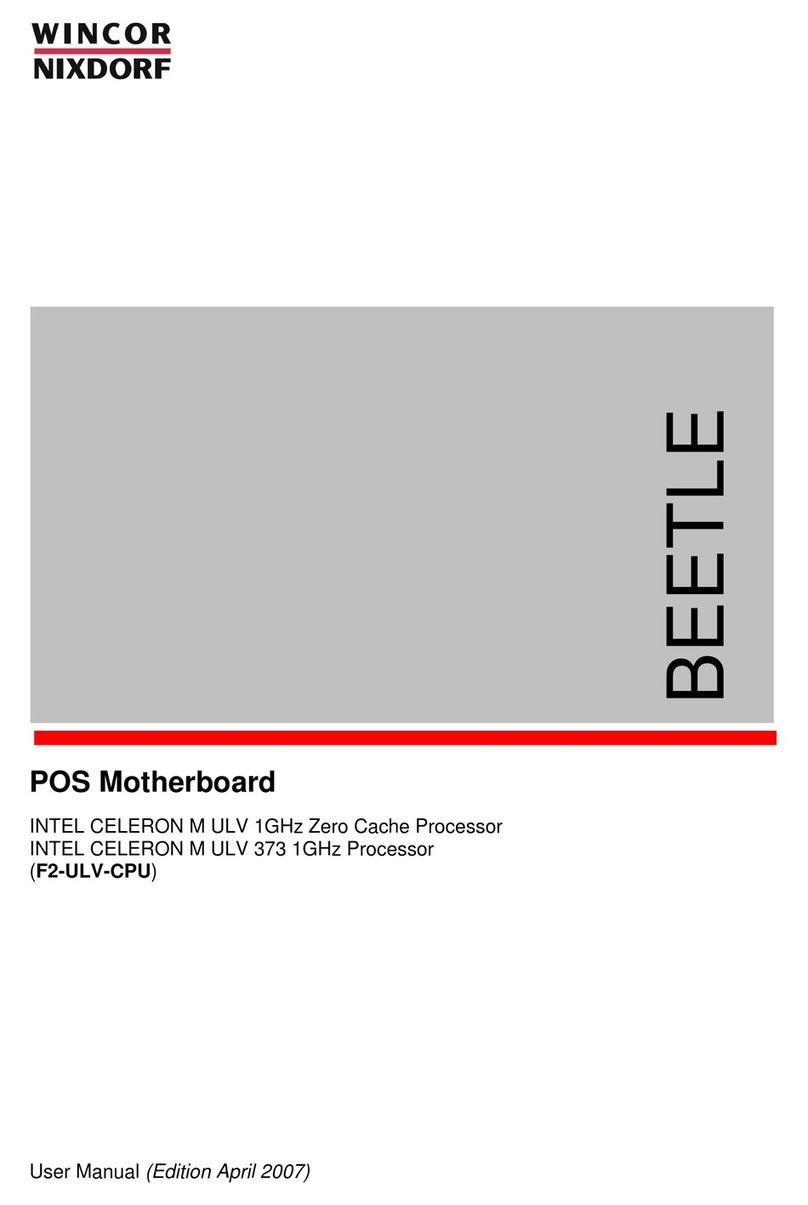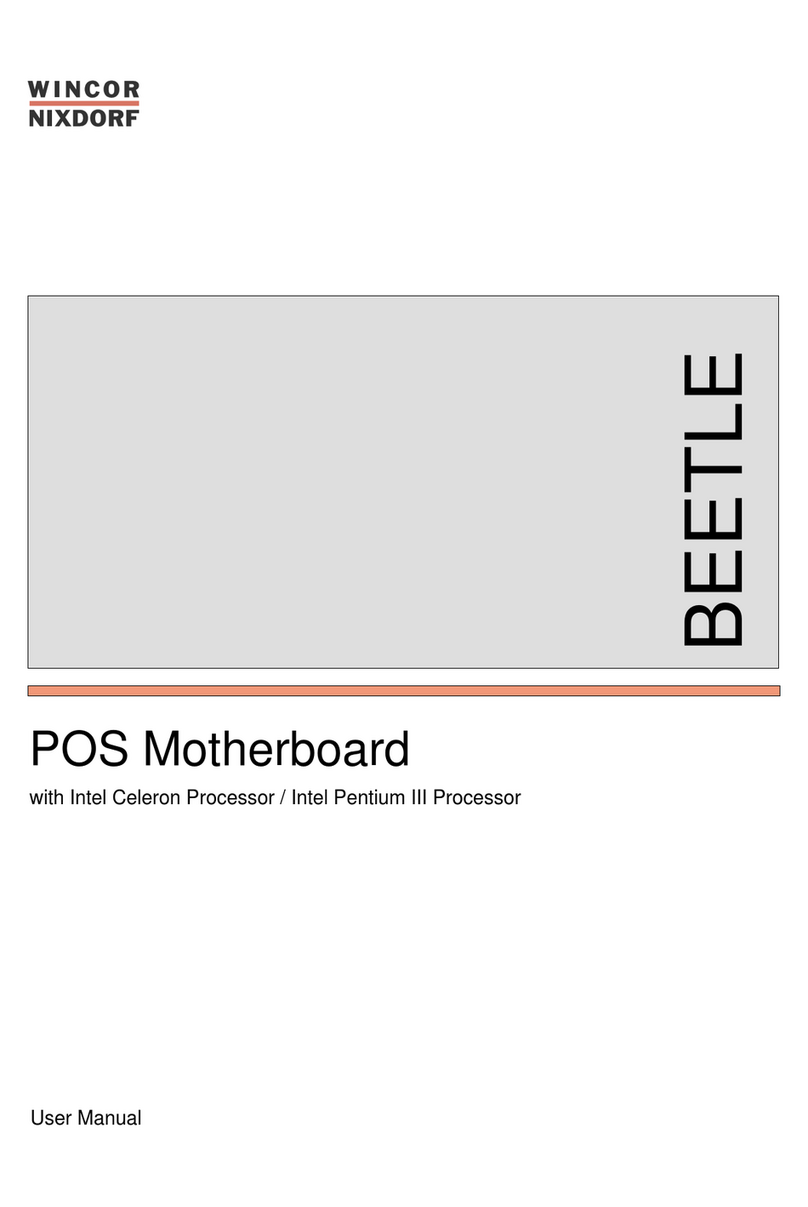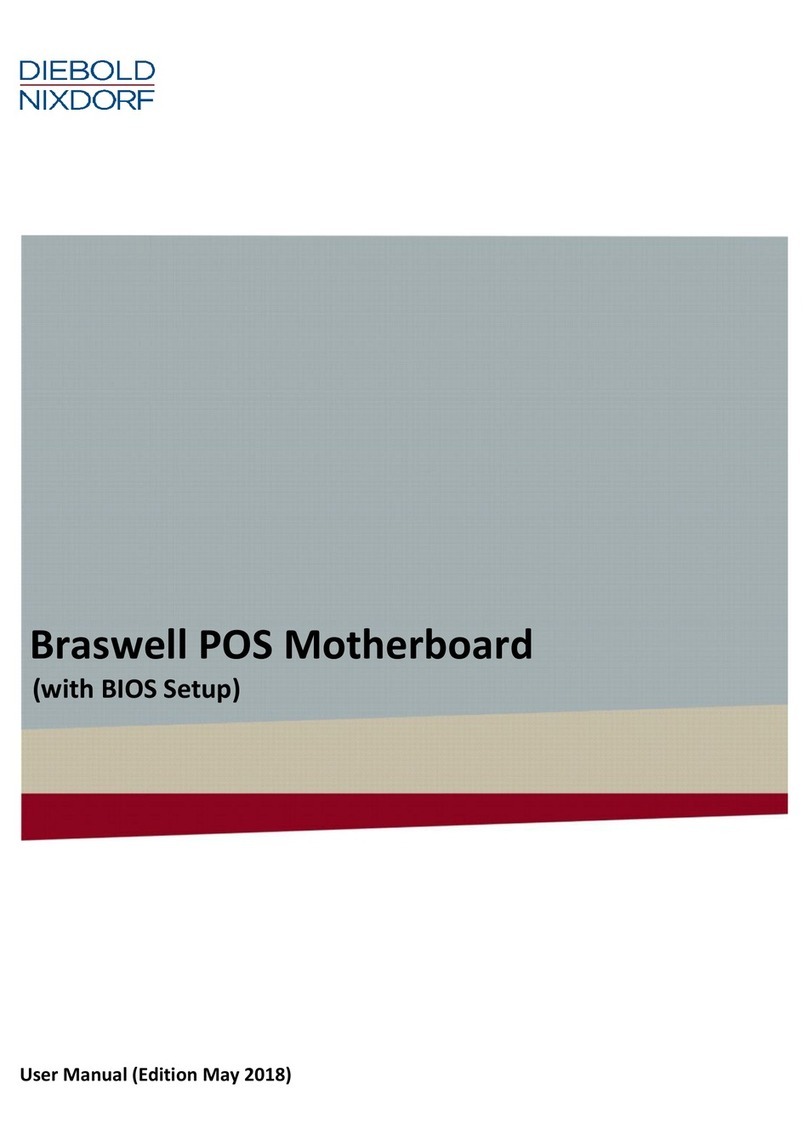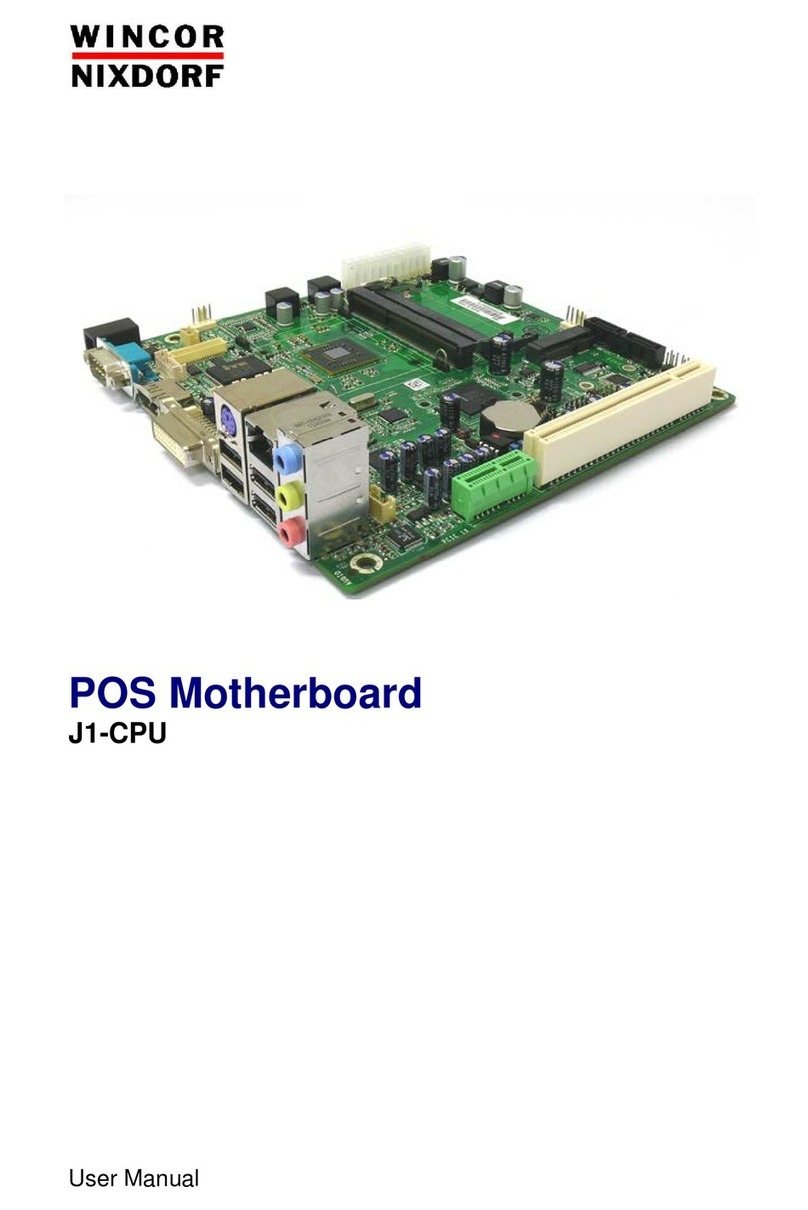TFT Panel Link............................................................................................. 30
LAN 10/100 .................................................................................................. 31
Microphone................................................................................................... 31
Line Out........................................................................................................ 31
Line In........................................................................................................... 32
CD-Audio...................................................................................................... 32
Speaker Out................................................................................................. 32
USB1/USB2 (on board)................................................................................ 32
KYBD............................................................................................................ 33
PS/2 Mouse.................................................................................................. 33
LPT1............................................................................................................. 33
LPT1............................................................................................................. 34
BIOS Setup.......................................................................................................35
BIOS Menu Bar.................................................................................................36
Legend Bar.......................................................................................................36
General Help.....................................................................................................37
Scroll Bar..........................................................................................................37
Sub-Menu.........................................................................................................37
Main screen ......................................................................................................38
8086/1130 Rev. ID, 8086/2440 Rev. ID........................................................ 38
System Time [XX:XX:XX]............................................................................. 38
System Date [XX/XX/XXXX]......................................................................... 38
Legacy Diskette A [Disabled], Legacy Diskette B [Disabled]....................... 39
Primary & Secondary Master/Slave.............................................................. 39
Installed Memory [XXX MB].......................................................................... 41
Advanced Menu................................................................................................42
Reset Configuration Data [No]...................................................................... 42
Speaker Volume [High]................................................................................. 42
Local Bus IDE adapter [Both]....................................................................... 42
SMART Device Monitoring [Disabled].......................................................... 43
PS/2 Mouse [Enabled].................................................................................. 43
Large Disk Access Mode [DOS]................................................................... 43
Legacy USB Support [Disabled]................................................................... 43
ISA graphics device installed [No]................................................................ 43
Boot-Video device [Onboard] ....................................................................... 43
Onboard LAN BootProm [Enabled] .............................................................. 43
QuickBoot Mode [Disabled].......................................................................... 44
I/O Device Configuration .............................................................................. 44
PCI/PNP ISA UMB Region Exclusion........................................................... 46
PCI/PNP ISA IRQ Region Exclusion............................................................ 46
DMI Event Logging....................................................................................... 47
Security Menu...................................................................................................48
Set Supervisor Password............................................................................. 48
Processor Serial Number [Disabled] ............................................................ 48
Power Menu......................................................................................................48
Power State [Stay off]................................................................................... 49
